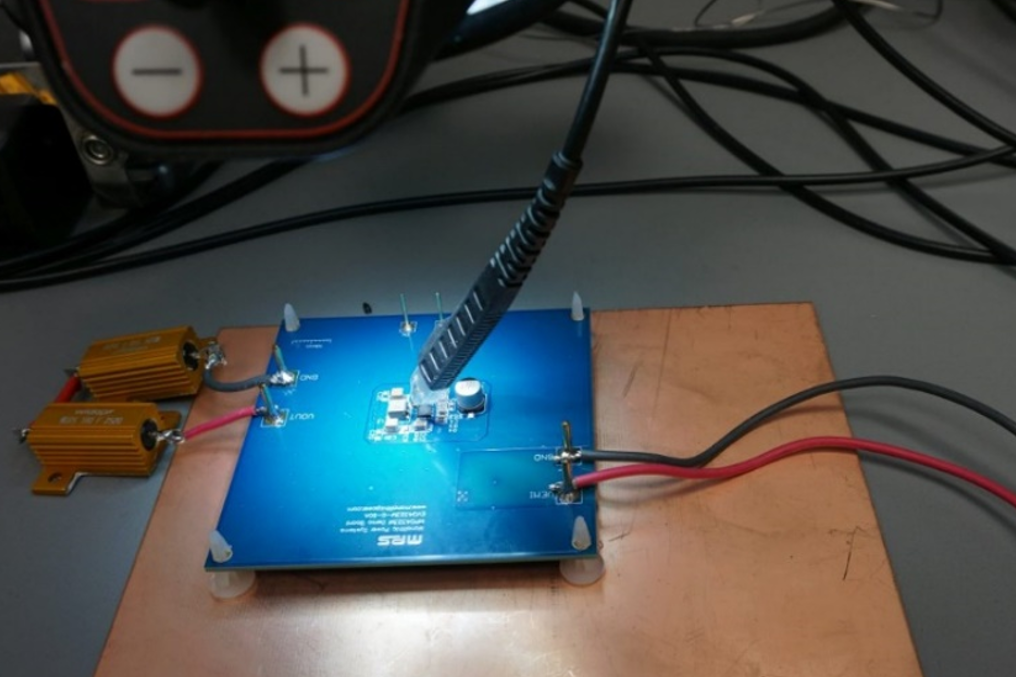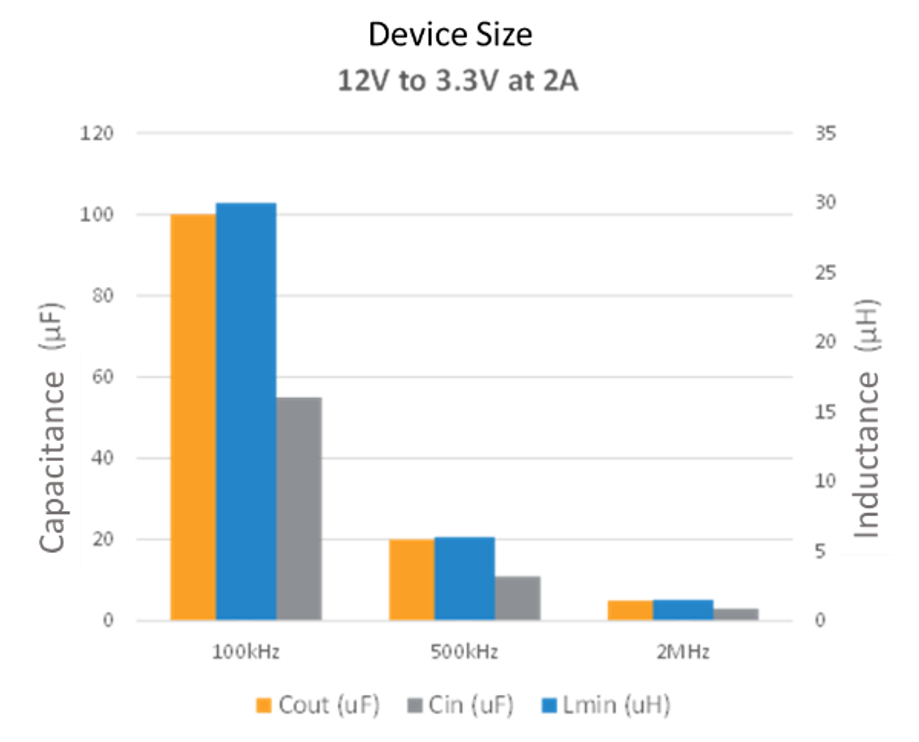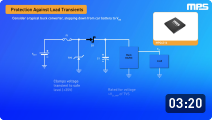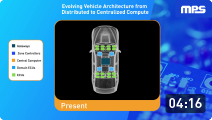Historical Evolution of Automotive Lighting
Over the years, the evolution of automotive lighting has mirrored not only technological advancements but also the shifting landscape of consumer demands, design aesthetics, and regulatory mandates, culminating in a rich historical trajectory. Examining this path unveils how innovation, functionality, and safety considerations have collectively influenced the development of the vehicles navigating our modern roads.
From Carbide Lamps to LED Lights
Carbide Lamps: Automotive lighting originated with the utilization of acetylene or carbide lamps. Formed by the reaction of calcium carbide with water, these lamps generated light by igniting acetylene gas. Due to susceptibility to wind disturbances and inconsistent light intensity, acetylene or carbide lamps were burdensome, necessitating frequent maintenance despite their effectiveness.
Electric Bulbs: With the tungsten filament bulb becoming a staple for many decades, the 1910s marked the transition to electric headlamps. In terms of reliability, brightness, and ease of use, these bulbs marked a necessary improvement over carbide lamps.
Halogen Lamps: Halogen lamps, introduced during the 1960s, offered heightened brightness and durability in comparison to regular tungsten bulbs. Utilizing a tungsten filament enclosed within a compact quartz envelope saturated with halogen gas, these lamps facilitated higher temperature operation for the filament.
High-Intensity Discharge (HID) Lamps: Particularly in luxury cars, HID or xenon lamps started becoming popular by the late 20th century. Light emission occurs through the generation of an electric arc between two electrodes placed within a quartz tube containing xenon gas and metal salts. While high-intensity discharge (HID) lights offer superior efficiency and brightness compared to halogens, their adoption entails a higher cost.
LED Lights: In automotive applications, the 21st century saw the emergence of Light Emitting Diodes (LEDs). Among its benefits, LEDs boast a diminished energy usage, extended lifespan, and the versatility to be shaped into diverse forms, enabling creative and adaptable vehicle designs.
Regulatory and Safety Considerations
Evolution of Standards: The need for standardized lighting became noticeable to ensure safety as automobiles became commonplace. To dictate the color, intensity, and positioning of vehicle lights, countries started preparing regulations.
The Role of Safety Agencies: In shaping automotive lighting regulations, agencies like the Economic Commission for Europe (ECE) in Europe, and the National Highway Traffic Safety Administration (NHTSA) played crucial roles over time. Frequently, their directives originated from investigations into the causes of accidents and the significance of lighting in averting collisions.
Innovations and Regulations: The evolution of automotive lighting, propelled by innovation, encountered varying degrees of acceptance from regulatory bodies. An illustration of this is the swiveling headlights, designed to move with the steering to illuminate curves, which encountered regulatory obstacles in the US, many years prior to receiving approval.
Consistency Across Geographies: Due to inconsistent regulations across countries, manufacturers frequently produce various lighting systems for different markets. Continued efforts are being made to align these regulations, with entities such as the World Forum for Harmonization of Vehicle Regulations dedicated to advancing global standardization.
In the realm of automotive technology, the evolution of lighting mirrors a larger dynamic: an ongoing tug-of-war between innovation and regulation, with the shared goal of enhancing safety and efficiency on the roads. Following this introduction, subsequent sections will explore in detail the complexities and advancements within both external and internal lighting systems.
External Lighting Systems
From ensuring the driver has clear visibility under varying conditions to communicating the vehicle’s intentions and status to other road users, external lighting in vehicles acts for multiple purposes. Over the years, these lighting systems have been shaped by technological progress and evolving aesthetic preferences, regulatory criteria, and a growing emphasis on safety.
Headlights: High Beam and Low Beam
Fundamentals: During nighttime and in poor visibility conditions, headlights are the main source of forward illumination. There are two primary settings available: high beam and low beam.
High Beam: High beams, emitting a focused, intense light, illuminate an extended distance ahead, crucial for regions with minimal ambient lighting. Nevertheless, their brightness can cause glare for approaching drivers, leading to limitations on their usage in traffic situations.
Low Beam: To avert blinding oncoming traffic, low beam offers a more diffused light, directed downwards and to the side. Low beams are designed in such a way that they illuminate the road in front of the vehicle and the periphery without causing glare.
Tail Lights, Brake Lights, and Turn Signals
Tail Lights: Tail lights are red in color, placed at the rear and always on when the headlights are activated. They are useful in notifying other drivers about the vehicle’s size and its presence.
Brake Lights: Brake lights turn on when the driver applies the brake, signaling to following drivers that the vehicle is slowing down or coming to a stop. These are also red in color but brighter than the tail lights.
Turn Signals: These blinking lights (front and rear) are usually amber in color and indicate the vehicle’s intention to make a turn or lane change.
Daytime Running Lights (DRL)
Purpose and Design: Forward-facing, low-intensity lights known as DRLs remain on throughout the daytime. Designed primarily to enhance the vehicle's visibility during daylight hours, DRLs aim to decrease the chances of daytime accidents.
Regulatory Perspective: Provided the evidence of DRLs role in increasing road safety, many countries have made DRLs compulsory. Yet, across different jurisdictions, the specifications and intensity of DRLs may vary.
Fog Lights
Design and Functionality: Intended for enhancing visibility in foggy environments, fog lights are typically situated lower on the vehicle, often below the bumper, emitting a broad, horizontally spread pattern of light. Such a design guarantees that the light does not reflect off the fog, thus preventing glare for the driver.
Usage Considerations: While essential during foggy conditions, it is crucial to use fog lights with discretion. They can dazzle other road users in clear conditions. Regulations in certain areas dictate the proper usage of fog lights.
Conclusively, to fulfill the aesthetics, safety, and functionality demands, external lighting systems have evolved over the years. To further enhance safety, intelligent systems that can adapt lighting based on driving conditions are now incorporated in modern vehicles. In the subsequent sections, we will explore these advancements and the complex world of internal vehicle illumination.
Internal Lighting Systems
External lighting systems prioritize visibility and communication with external entities such as other drivers and pedestrians. Conversely, internal lighting aims to deliver enhanced aesthetic appeal, comfort, and convey crucial information within the vehicle's interior. As technology and design philosophies have progressed over time, internal lighting systems have evolved into more sophisticated entities, fulfilling both functional and decorative purposes.
Dashboard Illumination
Purpose and Essentials: The primary interface between the driver and the vehicle’s systems is the dashboard, or instrument panel. To access crucial information, particularly in situations of low light, the presence of illumination in this context is essential for the driver. Fuel gauge, tachometer, speedometer, and various warning lights are included as a key indicator.
Design Considerations: Utilizing LED or electroluminescent technology, modern dashboard lighting offers clear visibility, long-lasting performance, and energy-efficient operation. Typically, soft blues, greens, or whites are selected as the color options to reduce eye strain.
Variable Illumination: Variable dashboard illumination is a common feature found in numerous modern vehicles. Using this feature, drivers can customize the brightness level according to their preference, thereby ensuring both comfort and clarity.
Cabin Lighting
Overview: Cabin lighting contributes necessarily to the ambiance and aesthetic appeal of the vehicle’s interior beyond its primary function of illumination.
Types and Placement:
- Overhead Lights: Offering general illumination when entering or exiting, these are usually placed in the vehicle’s center.
- Reading Lights: Reading lights provide focused lighting for passengers engaged in reading or other similar activities and are found in the overhead console.
- Footwell Lights: Adding to aesthetics and safety, these lights are typically LEDs that offer soft illumination at the base of the front seats.
Mood Lighting: In certain luxury vehicles, mood lighting choices are available, enabling drivers or passengers to alter the internal lighting color to suit their preferences, thereby enhancing the overall driving experience.
Cargo Area Lighting
Functionality: Especially under low ambient light conditions, cargo area lights offer illumination for loading or unloading goods and located in the trunk or cargo area of the vehicle.
Design Aspects: Designed for their particular function, these lights are engineered to be both bright and possess a broad angle of dispersion. When the trunk and rear door are open, these lights are automatically switched on and turn off when closed to save energy.
Although internal lighting may seem a minor element in the broad spectrum of vehicle design, still it acts as a critical contributor to improving the driving experience by ensuring safety and offering important information to the driver. With the progression of technologies, we can expect the emergence of even more inventive approaches to internal lighting, seamlessly blending functionality with aesthetics.
Adaptive and Intelligent Lighting Systems
Automotive lighting has undergone evolution not solely concerning the light source, but also in terms of how the light is dispersed and utilized. With technological advancements, contemporary vehicles are integrating sophisticated adaptive and intelligent lighting systems, aimed at enhancing driver visibility, safety, and elevating the overall driving experience. Let’s explore more about these systems:
Adaptive Front-Lighting System (AFS)
Concept: In response to vehicle load, speed, and steering angle, the Adaptive Front-lighting System is designed to adjust the direction and range of the headlight beams. Especially in winding or varying terrain, this enables optimal illumination of the road ahead.

Figure 1: Working of AFS System
Functionality: Sensors detect the vehicle speed, steering angle, and yaw rate when a vehicle makes a turn. To better illuminate the road’s curve, the AFS then adjusts the headlamp’s projection angle. Especially during nighttime driving on winding roads, this is useful.
Benefits: AFS decreases the risk of blinding oncoming drivers and expands the driver’s visibility around bends by dynamically adjusting the beam direction which ultimately contributes to a safer driving experience.
Automatic High Beam Control
Purpose: Based on the surrounding lighting conditions and traffic, this system automates the switching between high and low beams.
How It Works: The system detects vehicles from behind, oncoming vehicles, or sufficient ambient light using cameras and sensors. To prevent dazzling other road users, it will automatically shift to a low beam upon detection and revert to a high beam when the coast is clear.
Safety Implications: This system expands the visibility for drivers without compromising the safety of other road users by ensuring the optimal use of high beams.
Ambient Interior Lighting
Design Philosophy: In creating the desired ambiance inside a vehicle, lighting also plays a significant role beyond its operational purpose. The main objective of ambient interior lighting is to elevate the aesthetic appeal and comfort within a vehicle's cabin.
Features: LED lights, which can be customized in terms of color and intensity, are typically used in this system. Footwells, cup holders, door handles, and center consoles are included in common areas of ambient lighting.
User Experience: Drivers can set the mood of the cabin to their preference with the ability to customize. Pre-set modes such as 'relax' or 'energetic, are provided in some vehicles, which automatically adjust the lighting color and intensity to correspond with the chosen mode.
The role of adaptive and intelligent lighting systems becomes ever more critical as vehicles continue to incorporate more advanced technologies. While these systems primarily aim to enhance the driving experience, their fundamental purpose lies in ensuring safety by providing optimal visibility for the driver while reducing disruptions for other road users. The future of automotive lighting is epitomized by the seamless integration of functionality, safety, and aesthetics within these systems.
Safety and Visibility Considerations
Beyond their roles as aesthetic and functional elements, automotive lighting systems play a critical role in ensuring the safety of both the driver and other road users. Enhancing visibility, signaling intentions to other drivers, and ensuring the vehicle's visibility in all driving conditions constitute the primary functions of automotive lighting. Let’s explore the safety and visibility parameters linked with vehicle lighting.
Impact on Driver Visibility and Fatigue
Enhanced Visibility: A driver’s visibility during nighttime or adverse weather conditions can significantly improve by properly functioning and correctly aligned headlights. Automotive lighting serves not only the purpose of illuminating obstacles and the road ahead but also enables drivers to detect and interpret road signs, markings, and potential hazards promptly, allowing for timely reactions.
Reducing Fatigue: Eye strain can be reduced by continuous and adequate illumination. Accelerating the onset of visual fatigue, inadequate lighting can lead to squinting and frequent adjustments of focus. Effective lighting, particularly on extended nighttime journeys, can postpone the onset of fatigue, thereby offering a driving experience that is both safer and more comfortable.
Lighting Regulations and Standards
Purpose: To ensure uniformity, adequacy of illumination, and to avert the blinding of oncoming drivers, lighting regulations are made.
Standardization: Standards established by organizations like the United Nations Economic Commission for Europe (UNECE) and the Federal Motor Vehicle Safety Standards (FMVSS) in the U.S. outline specific criteria for vehicle lighting, encompassing factors such as position, color, brightness, and operational capabilities.
Differing Regulations: It's important to recognize that lighting regulations can vary from one country to another. For example, regarding the brightness and color temperature of headlights, the U.S. and Europe have different standards.
Fault Diagnostics
Along with compromising aesthetics, faults in the lighting system can hugely impact safety. To identify and notify the driver of any anomalies in the lighting systems, modern vehicles are equipped with diagnostic systems.
Open-Circuit and Short-Circuit Faults
- Open-Circuit: Preventing current from flowing, open-circuit denotes to a break in the electrical circuit. Possible causes include damaged lighting components, broken wires, or malfunctioning switches, all of which can result in the failure of a light to function.
- Short-Circuit: When an unintended path is created within a circuit, resulting in current flowing along an undesired route, it constitutes a short-circuit, frequently involving an internally shorted LED. Consequences may include component damage, blown fuses, or, in severe cases, fires.
The necessity of fault detection varies depending on the function and the regulations of the country.
Redundant Power Supply
- Concept: Due to the crucial safety function of lights, particularly critical ones such as brake lights, certain vehicles are outfitted with redundant power supplies. The secondary source guarantees the continued functionality of the light in case of primary source failure.
In conclusion, the significance of automotive lighting systems for safety cannot be emphasized enough. In ensuring safe navigation and communication on the roads, they play a critical role. For every road user, it is crucial to prioritize proper maintenance, compliance with regulations, and understanding of complexities inherent in these systems.











直接登录
创建新帐号